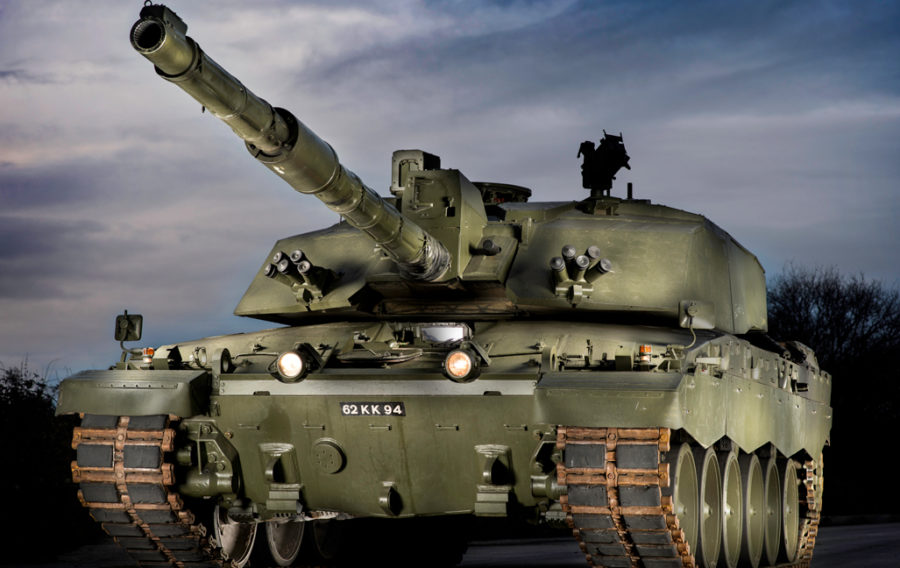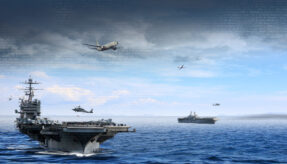
State-of-the-art thermal imaging technology is being offered to the British Army as part of Team Challenger 2’s bid to upgrade the Army’s Main Battle Tank.
The technology, developed by Leonardo in the UK, forms part of the BAE Systems led bid to upgrade the tank and would for the first time bring independent night vision for both the gunner and the commander.
Also known as ‘electro-optic technology’, the thermal imaging system will help British troops identify potential threats and move undetected in hostile situations, while also shaving valuable seconds off reaction times, which can make the difference between mission success and failure.
Instead of sensing light like a standard digital camera, Leonardo’s infrared camera senses heat emitted by all objects with temperatures greater than absolute zero (-273°C). The hundreds-of-thousands of individual pixels in the camera, each one-twelfth the thickness of a human hair, can detect temperature differences as small as one-fiftieth of a centigrade, allowing for extremely sharp images.
The technology is already proven on other military platforms – such as the Royal Navy’s Queen Elizabeth Aircraft Carrier and the Royal Air Force’s Chinook fleet – but has wider applications, including being used by leading broadcasters to capture some of the most difficult shots possible for television.
Simon Jackson, Campaign leader for Team Challenger 2 at BAE Systems said: “Leonardo’s sight brings to Team Challenger 2 the most capable night vision available. Combined with our engineering skills and knowledge of Challenger 2 – which we designed and built – we will work together to integrate Leonardo’s technology seamlessly into the tank, sharing data across crew stations and with battle management computers.
“Sighting is a vital element of a battle tank’s role and Leonardo’s sight will provide our troops with unparalleled 24-hour night-and-day visibility, giving them a long-range threat identification system that really makes the most of the tank’s firepower.”
Image © BAE Systems
If you would like to join our community and read more articles like this then please click here.







